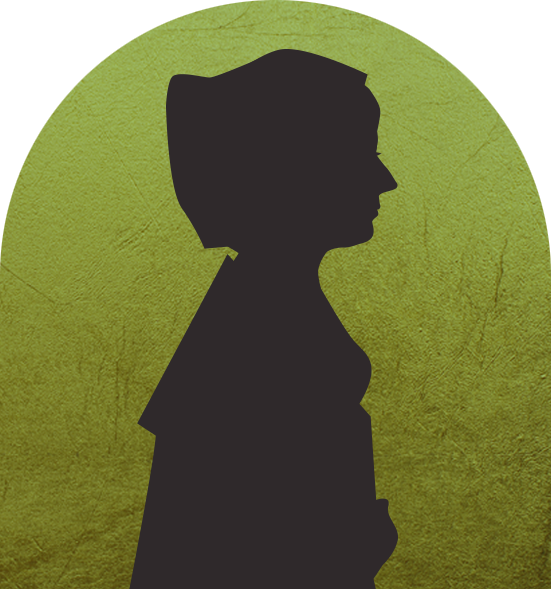In September 1666, the Great Fire of London destroyed large swathes of the City. Homes, businesses and eighty-seven parish churches were burnt to the ground. Transforming London’s ravaged streets into a thriving city full of people once again required a large labour force, huge amounts of money, and the skills of celebrated architect Sir Christopher Wren and his team.
Marking Wren’s 300 anniversary, volunteers have researched some of the craftspeople and residents who took part in or witnessed the rebuilding. Follow the stories and threads of these people’s lives who might otherwise be overlooked in the pages of history.
Find out more about this project
















